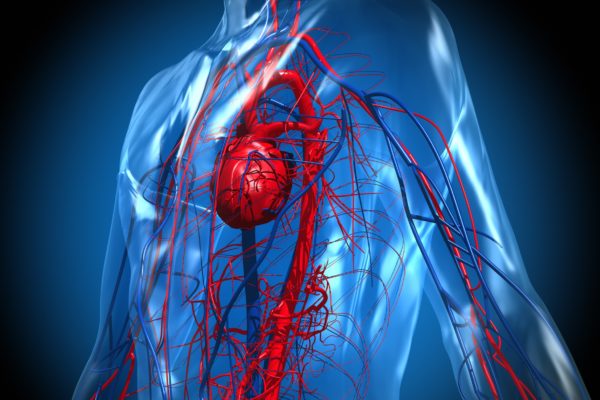
Cancer.gov
Uncontrolled multiplication of cells in the oesophagus is known as oesophageal cancer or oesophageal carcinoma. This is a dangerous cancer that comes with a high risk of spreading, that is usually only diagnosed in a relatively late stage, meaning the outlook for patients is often not favourable.
The oesophagus is a tube that runs between the mouth and the stomach. It is surrounded by blood vessels and lymph nodes and can contract, in a process known as peristaltic movement, in order to transport food down to the stomach. The entrance to the stomach is closed off by a sphincter muscle.
Some oesophageal cancer patients have a so-called Barrett’s oesophagus. This is a condition where pre-cancerous growths occur in the oesophagus.
Two different types of oesophageal cancer are distinguished:
In Belgium, around 1000 people are diagnosed with oesophageal cancer annually, and numbers have been on the rise during the last few years. The disease affects men more than it does women, with most patients being over 55 years old at the time of diagnosis. The outlook has improved by 10% during recent years but still is not very favourable due to the late diagnosis: around 70% of new patients have progressed to stage III or IV at the time of diagnosis. The 5-year survival rate for patients with a stage I tumour is 59% but this drops off to almost zero in patients diagnosed during stage IV.
People with a Barrett’s oesophagus often have no idea about their condition and may only experience occasional problems with food not moving down or a burning sensation in the chest. It is only during advanced stages that oesophagus cancer presents symptoms. These include:
A Barrett’s oesophagus can be the result of a damaged oesophagus, for instance due to chronic acid reflux or inflammations. Other risk-inducing factors are:
Sometimes the complaints related to a Barrett’s oesophagus compel patients to visit their GP. If the GP suspects something may be wrong with their oesophagus, the patient will be referred to a gastroenterologist who will perform further tests. These include an endoscopy or a gastroscopy and a biopsy to collect tissue for further examination.
If cancer is found, more research is needed to determine the disease stage and to see whether the cancer has spread. Ultrasounds, CT scans, PET-CT scans and an endoscopy are among the testing methods.
Eventually the cancer will be graded into one of five stages:
To prevent a Barrett’s oesophagus from turning into cancer, it is important it gets treated in accordance to the extent of the damage. There are two options:
If the cancer is already present and diagnosed, the options are surgery, radiation, targeted therapy and chemotherapy.
If the tumour is found at an early stage, healing the patient is the prime objective. Usually this involves surgery combined with chemoradiation, a combination of chemotherapy and radiotherapy. Sometimes this treatment is performed on its own, such as when the tumour is located near the larynx or when the patient’s condition does not allow invasive surgery.
If the cancer has spread beyond the oesophagus, survival is no longer an option and a palliative treatment is put into action. This can consist of radiation, targeted therapy with HER2, VEGF and PD-L1 inhibitors and chemotherapy. Placing a stent in the oesophagus is also an option, enabling the patient to eat and drink without difficulty.






